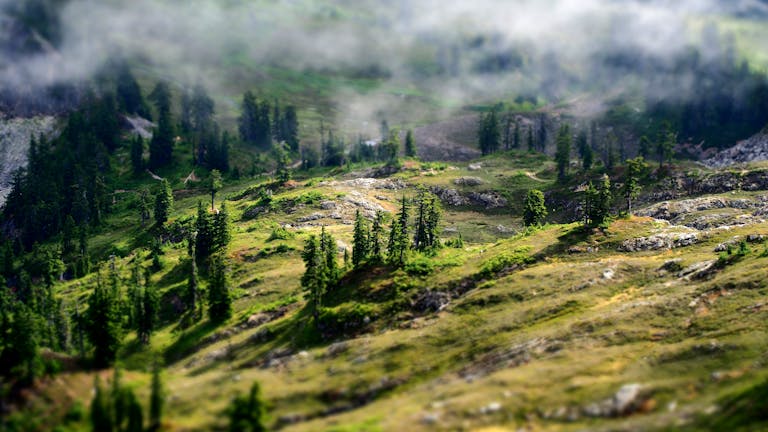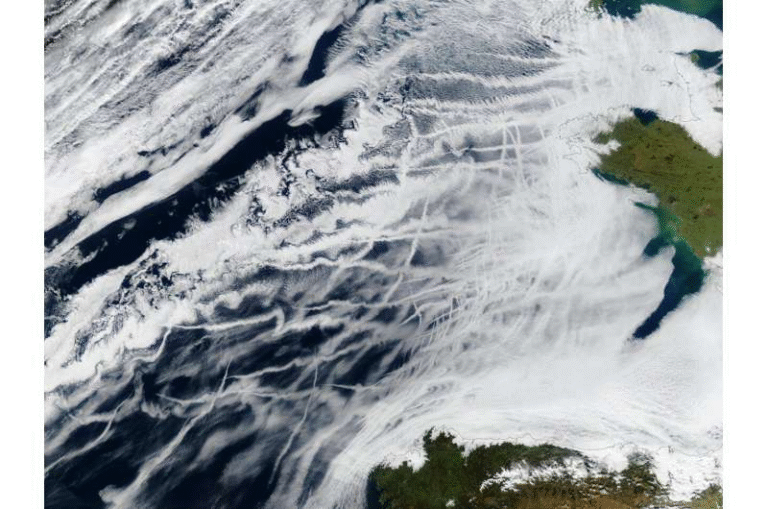Wetlands Naturally Remove Nitrogen Pollution and Save Cities Millions in Water Treatment Costs


Wetlands have long been known as nature’s kidneys, quietly cleaning up our mess by filtering pollutants from water. A new study from the University of Illinois Urbana-Champaign puts numbers to this ability, showing that wetlands along the Mississippi River Basin are remarkably effective at removing nitrogen pollution from agricultural runoff — and can even save municipalities thousands of dollars in drinking water treatment costs every year.
The research, published in the Journal of the Association of Environmental and Resource Economists, was conducted by Marin Skidmore from the University of Illinois and Nicole Karwowski from Montana State University. Their study provides one of the most comprehensive, data-driven analyses of how restored wetlands benefit both the environment and public budgets.
The Core of the Study
The researchers focused on the Agricultural Conservation Easement Program (ACEP) — previously known as the Wetland Reserve Program (WRP) — a U.S. Department of Agriculture initiative that encourages farmers to retire parts of their land and restore them as wetlands. In exchange, they receive long-term compensation.
From the program’s inception in 1990 through 2018, about 9,000 permanent easements were established across the Mississippi River Basin, covering roughly 0.22% of the region’s land area. That may sound small, but even that fraction made a measurable difference in water quality.
Using decades of data from sub-watersheds (smaller drainage areas within a watershed), the team tracked changes in water quality over time. They analyzed trends in three key nutrients: ammonia, total Kjeldahl nitrogen (TKN) — which includes both ammonia and organic nitrogen — and phosphorus. They also factored in weather patterns, seasonal variations, and the amount of cropland within each watershed to ensure that the findings reflected real changes caused by the wetlands, not random variation.
What the Data Showed
The results were striking. Initial wetland restoration reduced ammonia concentrations by 62%, which equals about 0.08 milligrams per liter. Total Kjeldahl nitrogen dropped by 37%, or around 0.20 milligrams per liter. These reductions became noticeable roughly three years after restoration and persisted for more than a decade.
The improvements were especially strong in areas with large amounts of cropland — the very places most vulnerable to nutrient runoff. That means wetlands didn’t just perform well in average conditions; they excelled in high-nutrient, high-pollution environments where they were most needed.
Interestingly, the study found no consistent long-term reduction in phosphorus levels near the wetlands. However, there were signs that phosphorus decreased further downstream, suggesting that wetlands might still influence phosphorus transport indirectly.
How Wetlands Do the Heavy Lifting
Wetlands act like a natural filtration system. When water containing fertilizers and organic matter flows through, the wetland slows the water down, allowing sediment to settle. Then, a complex biological nitrogen cycle kicks in.
Microorganisms in the wetland soil convert harmful nitrate (NO₃⁻) and ammonia (NH₃) into nitrogen gas (N₂) through a process known as denitrification. Nitrogen gas is harmless and already abundant in the atmosphere. In essence, the wetland turns excess fertilizer into air — removing it from the water system entirely.
Beyond nitrogen, wetlands can also trap sediments, absorb heavy metals, and provide habitat for wildlife. Their vegetation helps stabilize the soil and prevent erosion, while their unique hydrology makes them effective buffers against floods and droughts.
Economic Benefits That Add Up
The study didn’t stop at water quality; it also looked at economic impacts.
When nitrogen levels in rivers and lakes rise, municipal water treatment facilities must spend more money to meet safety standards set by the Safe Drinking Water Act. This often means upgrading infrastructure or adding new treatment processes — both expensive options.
By reducing nitrogen levels at the source, wetlands make this job easier. The researchers estimated that restoring 100 acres of wetland in a sub-watershed can cut annual treatment costs for a large public water system by up to $17,000. Over time, the savings accumulate, and the initial restoration investment can pay for itself within 20 to 30 years.
Across the entire Mississippi River Basin, the study suggests that wetlands could generate annual savings of up to $200 million if implemented at larger scales. These numbers essentially mean that federal spending on wetland restoration translates directly into local cost savings, creating a win-win scenario for taxpayers and the environment.
Legal and Policy Implications
The research comes at a crucial moment. A recent U.S. Supreme Court ruling limits federal protection of wetlands under the Clean Water Act only to those directly adjacent to navigable waters such as streams or rivers. In Illinois alone, this could leave about 72% of wetlands unprotected, opening them up for potential development.
Losing these wetlands could undo decades of progress in water quality and increase costs for communities that rely on clean rivers for drinking water.
The authors point out that even wetlands not directly connected to streams can still provide significant benefits, filtering pollutants before they ever reach major waterways. Future studies will explore how distance from streams affects their efficiency, but early findings indicate that even isolated wetlands play a valuable role.
The Bigger Picture: Wetlands and the Nitrogen Problem
Nitrogen pollution is a massive issue across the United States, especially in agricultural regions. Excess nitrogen from fertilizers washes off fields and enters streams and rivers, ultimately contributing to algal blooms and dead zones — like the one in the Gulf of Mexico, where oxygen levels drop so low that marine life cannot survive.
States including Illinois, Iowa, and Missouri have adopted Nutrient Loss Reduction Strategies to tackle this problem. However, most strategies focus on preventing nitrogen from leaving farm fields — through measures like cover crops, buffer strips, and precision fertilizer application.
Wetlands, on the other hand, provide a second line of defense. They intercept nutrients after runoff has already entered waterways, cleaning up what prevention efforts miss. As the study shows, when used together, both strategies can greatly improve water quality and reduce costs.
Why Wetlands Are Worth Protecting
Despite being one of the planet’s most productive ecosystems, wetlands have been rapidly disappearing. In the U.S. alone, more than half of the original wetlands have been lost due to drainage and development. This not only affects biodiversity but also removes one of nature’s most powerful water filters.
Restoring and protecting wetlands offers more than clean water. They act as carbon sinks, storing large amounts of greenhouse gases in their soil. They provide habitat for birds, fish, and amphibians, and help mitigate flooding by absorbing excess rainwater. In cities, nearby wetlands can even improve mental well-being and offer opportunities for recreation and education.
As climate change intensifies rainfall patterns and flood risks, the ecosystem services provided by wetlands become even more valuable. Investing in wetland restoration is not just an environmental choice — it’s a smart economic and public health strategy.
The Road Ahead
The authors of the study hope their findings will inform future policies that balance conservation with agriculture. They emphasize that wetlands are not a replacement for better farming practices, but they can work in tandem with them. By strategically placing wetlands in high-nutrient areas, it’s possible to achieve cleaner water and healthier ecosystems without hurting agricultural productivity.
Ultimately, wetlands remind us that natural systems can often do the work of expensive infrastructure, if we give them the space and support to function.
The takeaway is clear: investing in wetlands is investing in cleaner water, stronger communities, and a more sustainable future.
Research Reference:
Karwowski, N., & Skidmore, M. (2025). Nature’s Kidneys: The Role of Wetland Reserve Easements in Restoring Water Quality. Journal of the Association of Environmental and Resource Economists. Read the full study here





